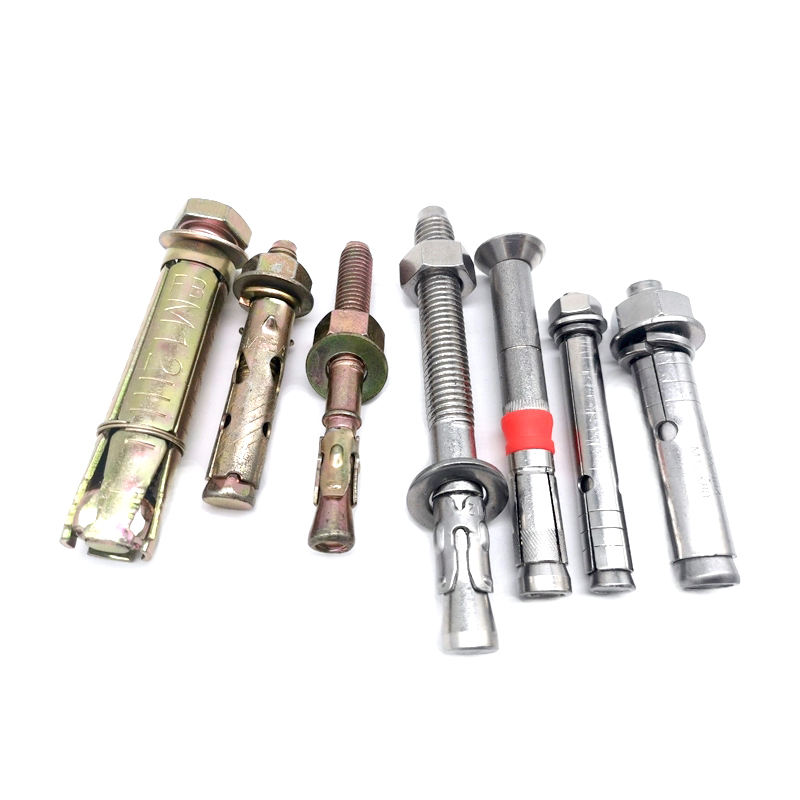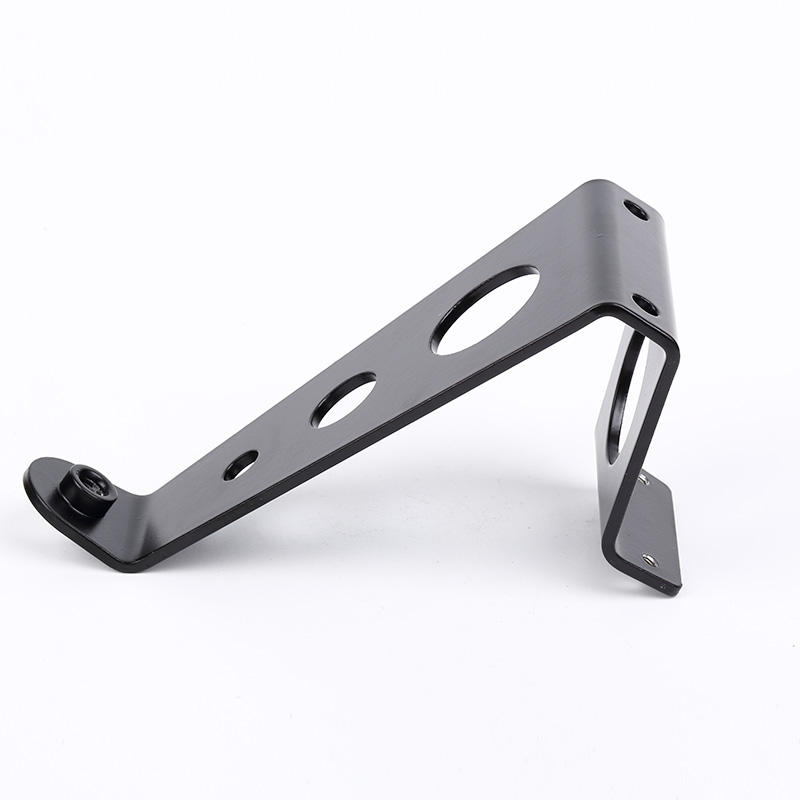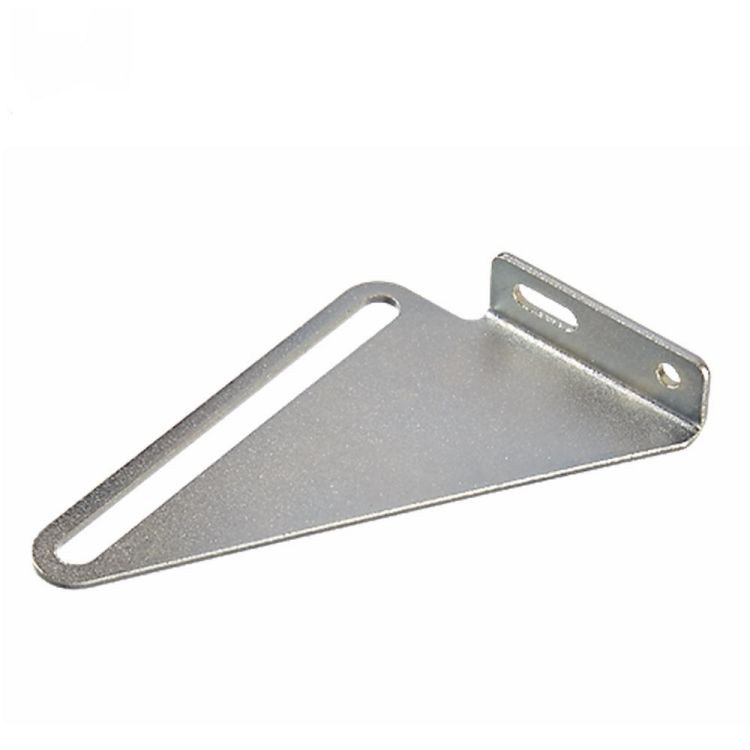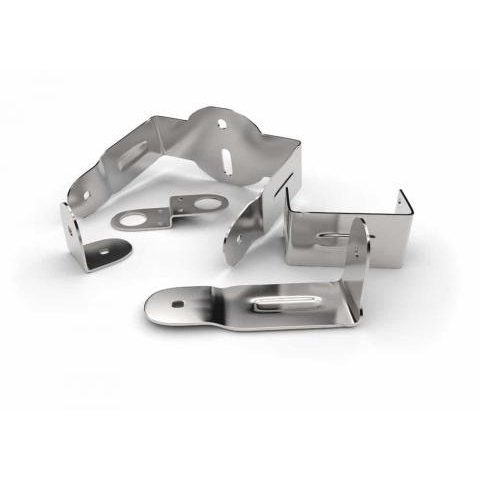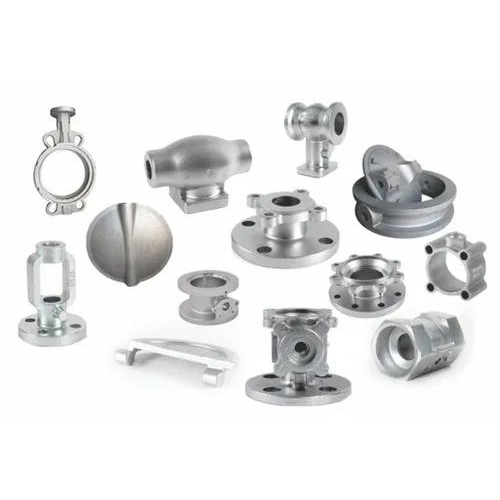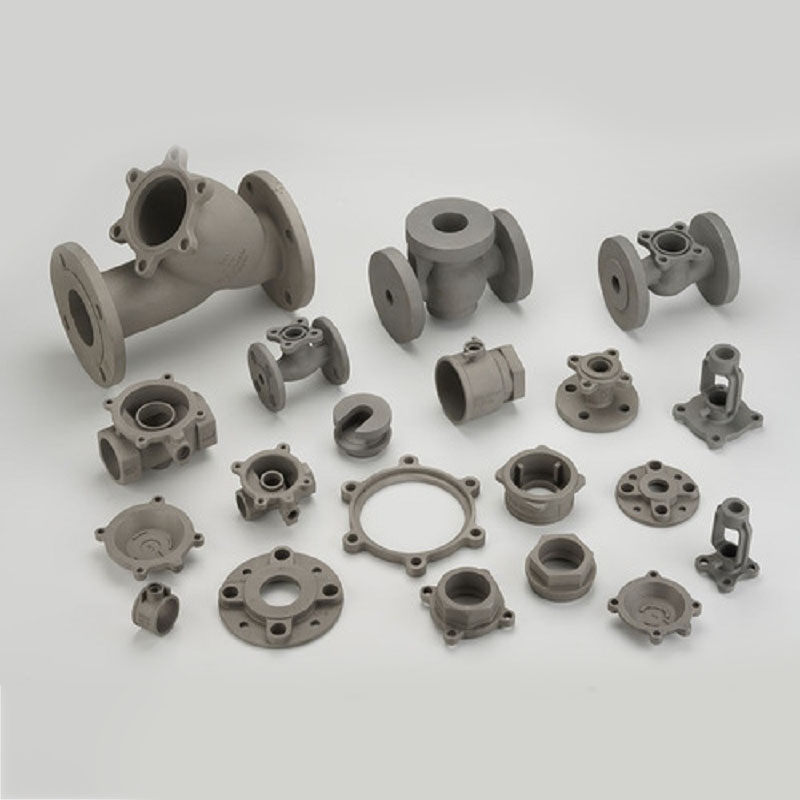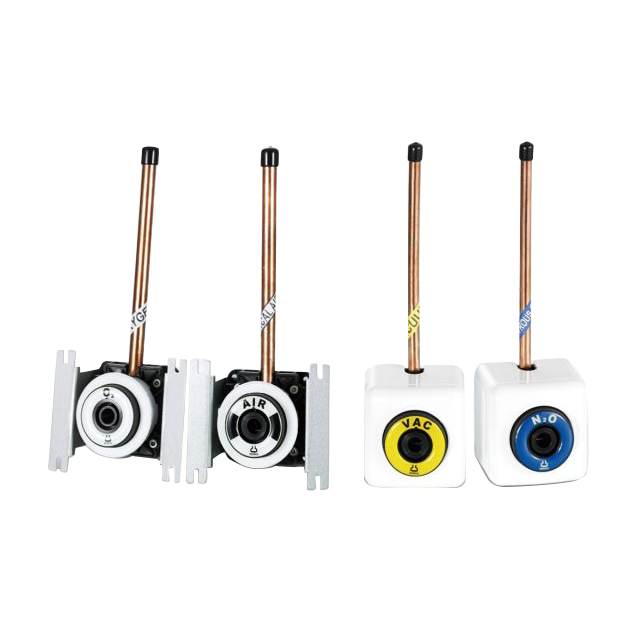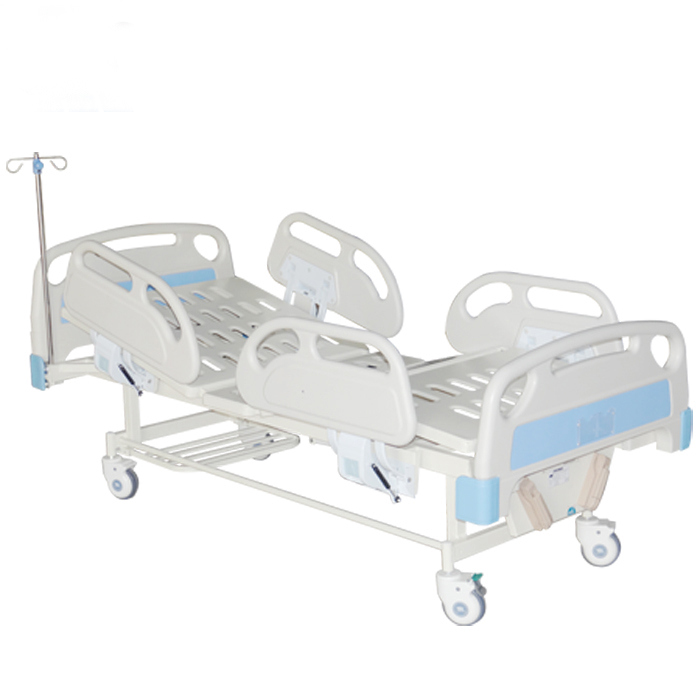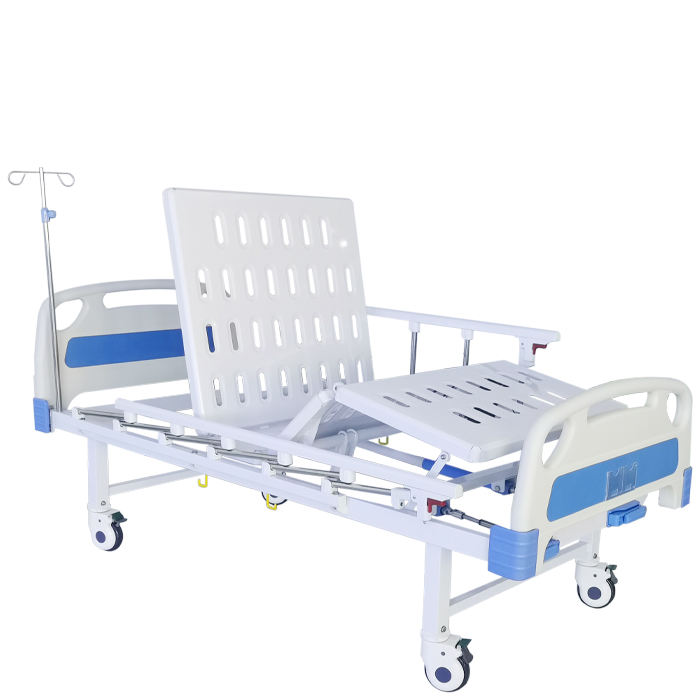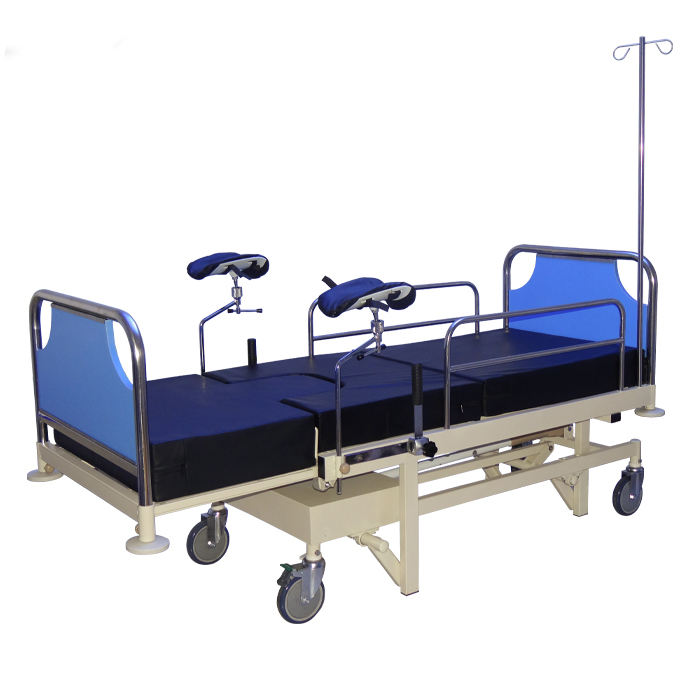Casting Medical Valve
HY is a medical valve factory from China. Casting Medical Valve is used to change the channel cross-sectional area and medium flow direction. It has functions such as diversion, cut-off, regulation, throttling, check, diversion or overflow pressure relief. Medical valve castings are control components in pipeline fluid delivery systems.
Quality Control: 100% QC Inspection
Certification: ISO9001/CE/ROHS
Size: Support OEM/ODM customization
Send Inquiry
Casting Medical Valve is the core component for controlling fluid flow, and casting is an important link in the valve manufacturing process and an important foundation for manufacturing high-quality valves. Good castings can directly determine the output of high-quality valves.
Valve process
Casting Medical Valve is to melt the metal into a liquid that meets the requirements and then pour it into the processed mold. After cooling and solidification and the subsequent cleaning and processing, the valve casting is obtained.
During smelting, ensure that the metal reaches the appropriate temperature and use a reasonable filling speed and cooling speed to prevent defects such as cracks.
The production of good castings is inseparable from high-quality material selection and correct and reasonable process measures, such as pouring system, riser and chill, process correction amount, etc., to confirm a reasonable process plan. Due to the uneven wall thickness of valve castings, the principle of sequential cooling and sequential solidification should be adopted to reduce defects such as stress, shrinkage and shrinkage inside the casting.
The most significant advantage of casting is that it can manufacture some valve workpieces with complex shapes that are difficult to forge or NC process. In addition, Casting Medical Valve can be formed in one step and can cast large-diameter valve bodies. Therefore, the diameter of cast valves is mostly above DN50, and the price of cast valves is lower than other processing methods.
|
Stainless Steel |
SS304, SS301, SS316,SUS201,PH17-4, ASTM A351 ,ZG00Cr18Ni10. |
|
Ductile Iron |
FCD500-7, FCD600-3, ASTM A536,QT500-7, QT600-3,GGG40, |
|
Gray Iron |
HT300, HT350,GG15, GG20, GG30,FC300, ASTM A48 |
|
Carbon Steel (mainly for high pressure valve castings) |
ZG200-350, ASTM A216 ,WCA, WCB, ZG25, |
Process measures for controlling the sequential solidification of die-cast valves
When we design and produce a Casting Medical Valve, we need to consider the reasonable parting position, pouring position and pouring system.
The riser is designed at the last solidified part of the die cast medical valve, which not only plays a shrinkage compensation role, but also delays the solidification of the molten steel around the riser, creating conditions for sequential solidification.
When pouring, when the molten steel rises to 1/4 of the riser height, it can be adjusted to pour from the top of the riser, which can increase the molten steel pressure head and the riser temperature.
The size of the cast steel riser can be determined by the modulus method (determined by the heat capacity of the casting); the volume shrinkage method (determined by the solidification shrinkage rate of the molten steel); the ratio method (determined by the shrinkage compensation type of the casting) and the thermal pitch circle method (determined by the thermal pitch circle of the casting). At present, the most commonly used method is the thermal pitch circle method to determine the size of the riser, because it can meet the convenient design requirements.
During the solidification and cooling process of castings, their volume and size will shrink. Different factors such as material selection and size and shape design will affect the shrinkage range. The shrinkage from liquid to solid is generally expressed as the change in length - linear shrinkage rate (%).
Factors affecting the shrinkage rate of medical valve
In fact, there are many factors that affect the shrinkage rate of Casting Medical Valve during casting. Even when the casting shrinks in the mold in the solid state, it is affected by external resistance, which will reduce its actual shrinkage. This is called non-free shrinkage.
The non-free shrinkage rate is always less than the free shrinkage rate. The factors affecting the casting shrinkage rate mainly include the type of metal alloy, the structure and length of the casting. In addition, the modeling material and the compactness of the core also affect the non-free shrinkage rate of the casting. Most of the shrinkage rates can be calculated by referring to the design table.

Precision casting in the medical industry
Some special industries have higher requirements for the appearance quality and dimensional accuracy of castings, such as the medical and chemical industries, which involves precision casting.
The commonly used precision casting in the die cast medical valve industry is molten mold casting, which can be roughly divided into two process methods.
The first type uses low-temperature wax-based mold materials, mainly composed of stearic acid + paraffin, or low-pressure wax injection, water glass shell, hot water dewaxing, atmospheric melting and pouring processes, mainly used for carbon steel and low-alloy steel castings with general quality requirements, and its dimensional accuracy can reach the national standard CT7-9 level.
The second type uses medium-temperature resin-based mold materials, high-pressure wax injection, silica sol mold shell, steam dewaxing, rapid atmospheric or vacuum melting and pouring processes, and the casting dimensional accuracy can reach CT4-6 precision castings.
Advantages of Slot Casting
Medical valve castings require high precision in size. Slot casting can meet the use requirements while having a smooth surface and good appearance quality. It can cast parts with complex structures and shapes that are difficult to process with other processes.
And the materials of castings are not restricted. Common carbon steel, stainless steel, aluminum alloy, or special alloy steel, high-temperature alloy and precious metals and other materials can be cast. And the production flexibility and adaptability are strong, and the demand for die cast medical valves can be produced in large quantities or small batches of single pieces.
Of course, no process can solve any problem. Slot casting also has limitations. Its process flow is more complicated and the production cycle is longer.
Why choose HY
HY is a die cast medical valve manufacturer. We produce all brass, stainless steel, copper and aluminum products or customize them according to customer requirements.
About sample policy: If it is in stock, we can send it to you directly. If a new sample is made according to your specifications, it will take about 15-30 days according to your specific needs.
Delivery time: Spot orders can be shipped within seven days, customized orders are confirmed according to needs and quantity, such as output within 20 tons, production time is 40-45 days after each detail is confirmed.
About quality certification: There is an independent laboratory, whose operating standard is en13828. At the same time, our company has many certifications, such as IS09001 TS, CUPC, NSF, AB1953, CSA, CE and ACS, etc. We support third-party factory inspection and testing.


